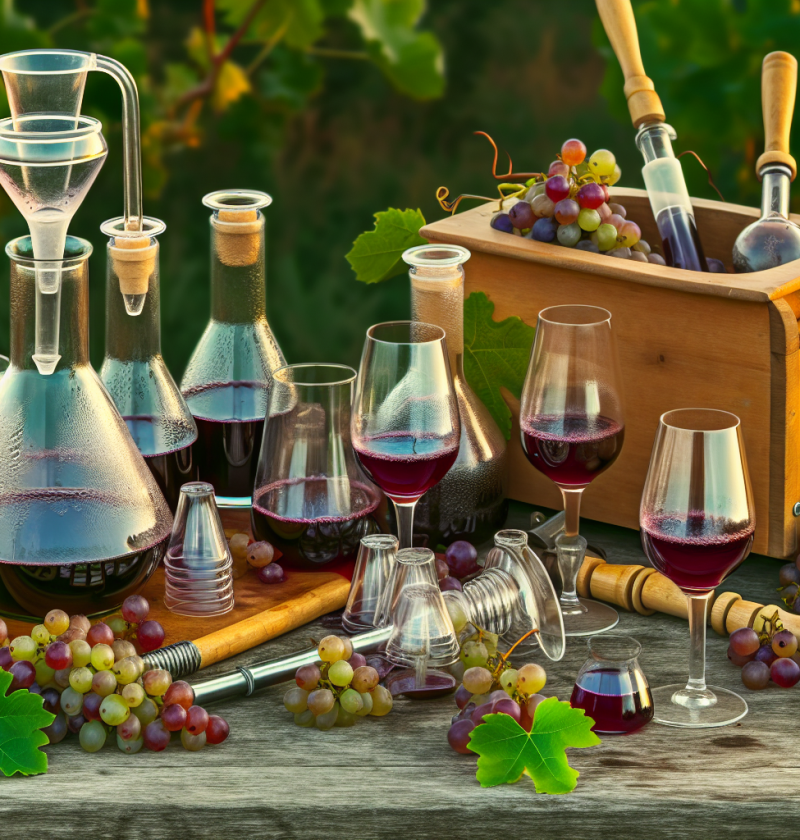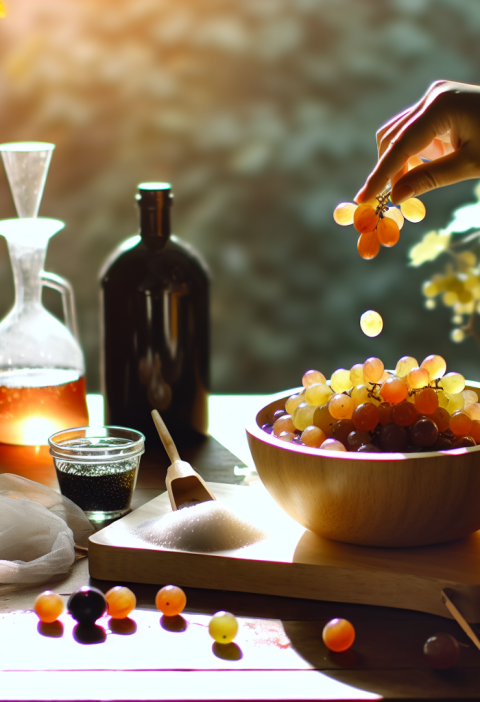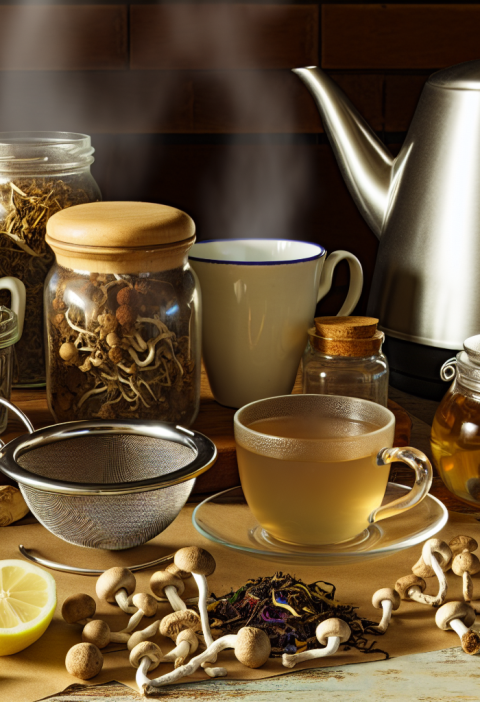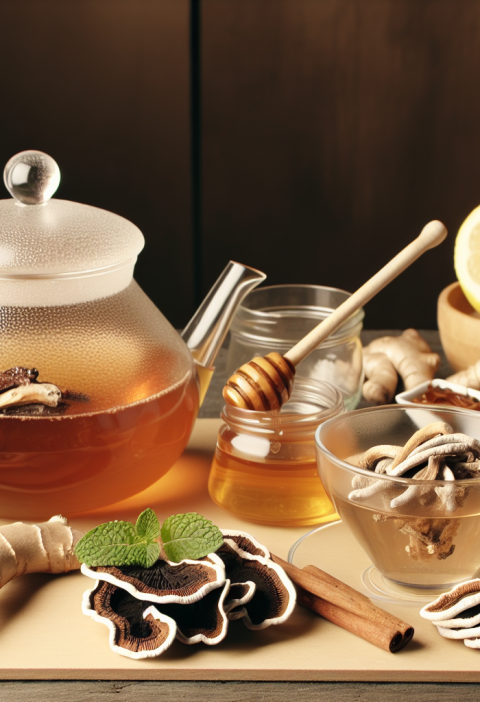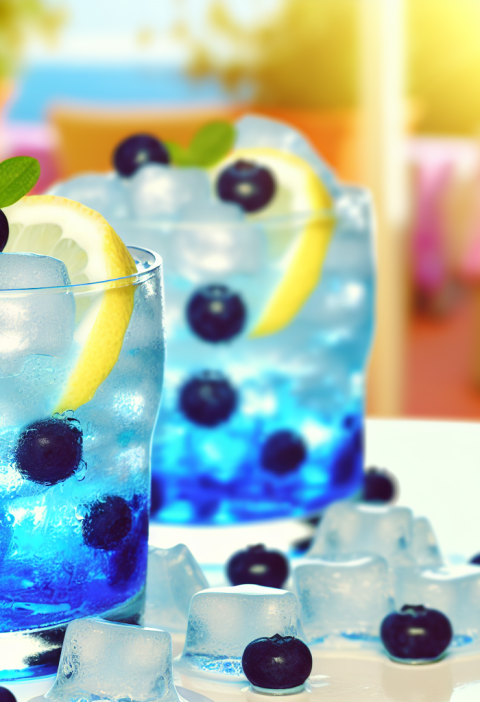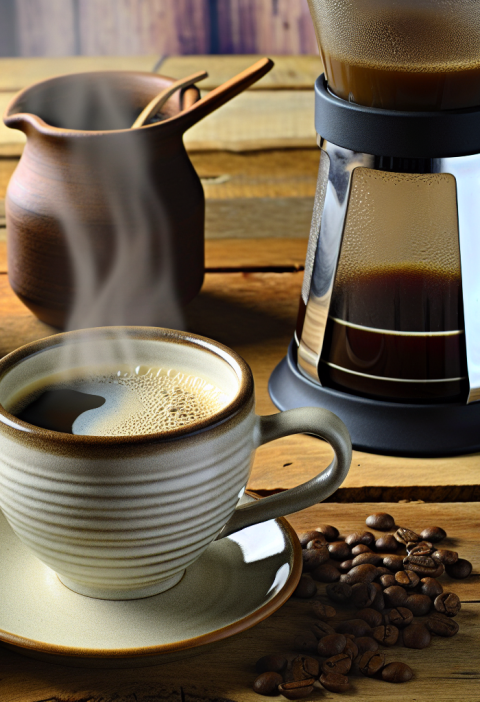“`html
Unleash Your Inner Winemaker: The Ultimate Muscadine Wine Recipe
There’s something inherently magical about crafting your own muscadine wine at home—it’s a blend of artistry, tradition, and the delight of savoring something made by your very own hands. Imagine that moment when you uncork a bottle of your homemade wine, releasing an intoxicating bouquet of earthy, fruity aromas that dance through the air, transporting everyone to sun-kissed vineyards. The anticipation builds as you pour the deep, rich liquid into crystal glasses, the nuances of flavor unfolding sip by sip. Join me on this enchanting journey where we transform humble muscadine grapes into an extraordinary elixir that celebrates the essence of Southern charm.
Preparation Time
- Preparation Time: 30 minutes
- Fermentation: 2 to 3 weeks
- Bottling: 30 minutes
- Resting: 3 months
This recipe is perfect for a gathering of friends or family, yielding about 5 to 6 bottles of delightful muscadine wine and is categorized as medium in difficulty.
The Necessary Ingredients
- 10 pounds of fresh muscadine grapes (red or white)
- 3 pounds of granulated sugar (adjustable to taste)
- 1 packet of wine yeast
- 1 campden tablet (optional, for sterilization)
- Water (as needed, roughly 2-3 gallons)
- 1 teaspoon of acid blend (optional for brightness)
For a vegan twist, simply ensure the yeast is a vegan-friendly brand. And for those who are gluten-free, rest assured that this recipe is naturally gluten-free, as all the ingredients align perfectly with dietary needs.
The Steps of Preparation
Gather your tools and materials; it’s time to venture into the fascinating world of winemaking. Each step unfolds a new layer of anticipation and sensory delight, so take your time and enjoy the process!
- Wash the muscadine grapes thoroughly to remove any dirt or impurities.
- Remove the stems from the grapes and place them in a large fermentation vessel.
- Crush the grapes gently with your hands or a potato masher to release the juices.
- If using, dissolve the campden tablet in a small amount of water and add it to the crushed grapes to sterilize.
- Let the mixture sit for 24 hours covered with a cloth.
- After 24 hours, add the sugar gradually, stirring until it is completely dissolved.
- Add the yeast (and acid blend if using) to the mixture and stir gently.
- Cover the vessel loosely with a fermenting lid or a cloth to allow gases to escape.
- After about a week, stir the mixture daily and observe the bubbling action of fermentation.
- After 2 weeks, strain the liquid using a cheesecloth or fine mesh strainer into a clean fermentation vessel, leaving the solids behind.
- Fill the vessel, leaving some space at the top for expansion, and seal it with an airlock.
- After fermentation has stopped (typically 2-3 weeks), siphon the wine into sterilized bottles.
- Let the wine rest in a cool, dark place for at least 3 months before tasting.
As each step unfolds, picture yourself imbued with creativity and craftsmanship, reflecting on how this wine will become a cherished part of meals and celebrations to come.
Nutritional Benefits
- Muscadine grapes are packed with antioxidants, particularly ellagic acid, which may help in reducing inflammation.
- Rich in vitamins A, C, and K, contributing to immune health and skin elasticity.
- These grapes have a relatively low sugar content compared to many other grapes, making your wine an enjoyable treat without excessive sweetness.
- Contains resveratrol, which is associated with heart health and improved circulation.
The benefits of your homemade wine come not just in taste but also in experience; every sip carries stories and memories, enhancing family gatherings and festive occasions.
Possible Additions or Upgrades
Consider experimenting with different flavors by adding various fruits like peaches or blackberries during fermentation. You can even enhance the aroma with spices like cinnamon or vanilla. For a sparkling version, adding a small amount of sugar just before bottling can create natural bubbles as it undergoes secondary fermentation.
FAQs
**What if I can’t find muscadine grapes?**
You can substitute with another sweet grape variety, but the unique flavor profile of muscadines is hard to replicate.
**How do I know when fermentation is complete?**
Fermentation is typically complete when the bubbling ceases and the wine has cleared.
**Can I use frozen grapes?**
Absolutely! Frozen muscadines can work well and are convenient, especially if fresh ones aren’t available.
**What should I do if my wine tastes too sweet?**
You can blend it with a drier wine to balance the sweetness or let it rest longer, which may help reduce the sugar taste.
**Is it necessary to use an airlock?**
While not strictly mandatory, using an airlock is highly recommended to prevent contaminants while allowing gases to escape.
**How long can I store the wine?**
Properly stored muscadine wine can last for several years, improving with age.
**What kind of bottles should I use?**
Glass wine bottles are ideal; always ensure they are cleaned and sanitized.
**Can I flavor the wine after fermentation?**
Yes, you can add flavors post-fermentation, such as fruits or spices that complement the muscadine profile.
**What if my wine isn’t clearing?**
This can happen due to residual yeast; consider using a fining agent or letting it sit longer to clarify.
**Is homemade wine safe to drink?**
Yes, as long as proper sanitation practices are followed, it’s entirely safe and can be a healthy option when enjoyed responsibly.
I’ve shared my muscadine wine-making journey with friends, creating bottles that become sentimental gifts or additions to festive gatherings. Each time I pop a bottle, it’s a celebration of patience, creativity, and, most importantly, the love that went into making it. So why not share this recipe with your friends, encourage them to embark on this delightful winemaking adventure, and spread the joy of homemade muscadine wine? Cheers to creativity and companionship!
“`

